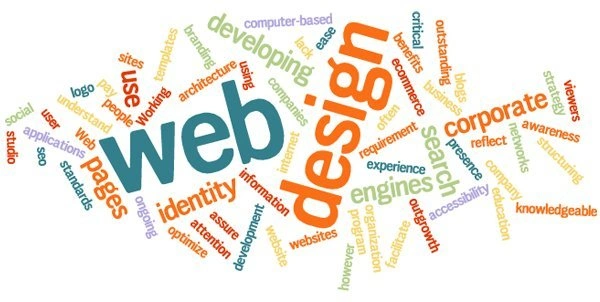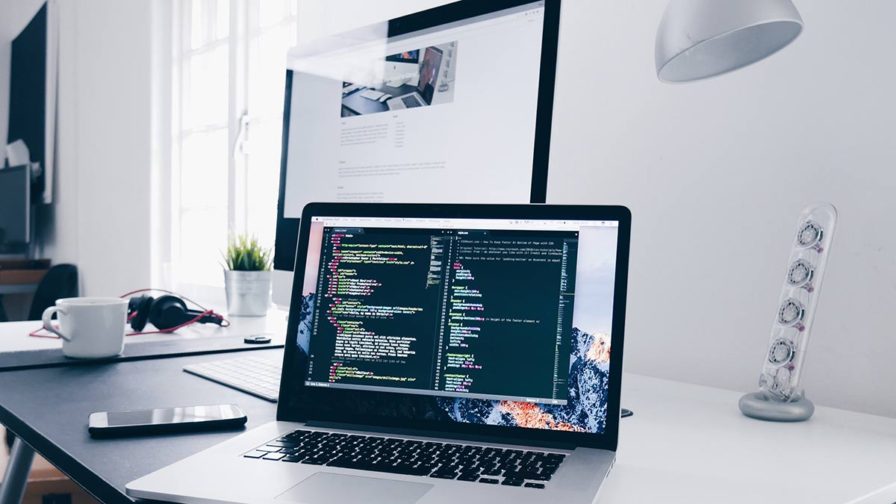Aligned Position Web Design: Boost Your Brand’s Visibility with a Stunning Website
Aligned Position Web Design: Boost Your Brand’s Visibility with a Stunning Website
Blog Article
The Finest Kinds Of Website Design to Enhance Customer Experience and Engagement
In the ever-evolving landscape of electronic interaction, the efficiency of website design substantially affects individual experience and interaction. Various layout methods, such as minimalist, receptive, and interactive formats, each offer special benefits that can deal with diverse customer needs. Comprehending which kinds of website design finest serve these purposes can be pivotal for businesses intending to enhance client satisfaction and retention. Nevertheless, the concern remains: which design aspects truly resonate with customers and foster significant interaction? The exploration of these concepts reveals vital insights that might redefine your technique to Web layout.
Minimal Website Design
As electronic landscapes come to be progressively chaotic, minimal Web layout has become a powerful technique to improving user experience. This design philosophy focuses on simpleness, concentrating on essential components while getting rid of unnecessary interruptions. By making use of sufficient white space, straightforward navigation, and a minimal shade combination, minimal style promotes clearness and routes individual attention to essential web content.
The core concept of minimal website design is to develop a smooth communication for users. By lowering cognitive tons, individuals can promptly understand details without really feeling bewildered. This straight strategy not just improves usability yet additionally motivates interaction, as site visitors are more probable to discover a website that is visually appealing and simple to browse.
Furthermore, minimal style usually highlights typography and imagery, making use of these components purposefully to communicate messages successfully. In significance, minimalist Web design is not just a fad; it is a thoughtful method that acknowledges the importance of user-centered style.
Receptive Website Design
In today's diverse digital setting, responsive website design has become necessary for developing a seamless user experience throughout a plethora of devices. As individuals access web sites on mobile phones, desktop computers, tablets, and laptop computers, the ability of a site to adjust its format and material to various screen sizes and resolutions is essential.
Responsive Web style uses versatile grids, pictures, and CSS media queries to ensure that Web content exists ideally, regardless of the device made use of. This technique not only boosts the aesthetic charm of a website however also dramatically boosts use. Users are most likely to engage with a site that provides a constant experience, as it gets rid of the stress of needing to zoom in or scroll exceedingly.
Additionally, online search engine, including Google, focus on mobile-friendly web sites in search positions. By taking on receptive layout, organizations can improve their visibility and get to a wider audience. This technique also simplifies web site maintenance, as a solitary variation of the website can deal with all gadgets, reducing the demand for numerous variations. In summary, receptive Web layout is an essential technique that enhances customer experience, interaction, and total complete satisfaction.
Interactive Website Design
Receptive website design lays the groundwork for boosting user experience, however interactive website design takes this an action better by engaging customers in a more vibrant means - Aligned Position Web Design. By incorporating aspects such as animations, clickable models, and real-time feedback, interactive website design mesmerizes users, attracting them into a richer browsing experience
This strategy not only fosters interaction but additionally encourages customers to discover content actively as opposed to passively eating it. Strategies such as gamification, where customers gain rewards for completing jobs, can considerably enhance the time invested in a site and improve general contentment. Furthermore, interactive features can simplify complicated info, making it extra absorbable and satisfying.

Incorporating interactive design components can likewise lead to higher conversion prices, as individuals are more probable to engage with a website that proactively involves them. Aligned Position Web Design. Eventually, interactive Web layout transforms customer experiences right into memorable journeys, making certain that visitors return time after time
Flat Design
Characterized by its minimalistic approach, flat design stresses simpleness and performance, removing away unnecessary aspects and concentrating on crucial attributes. This layout viewpoint prioritizes usability, making sure that individuals can browse user interfaces effortlessly and performance. By employing a tidy aesthetic, level layout gets rid of the mess typically found in a lot more ornate styles, consequently boosting you could try here user focus on content and capability.
The trademark of flat style exists in its usage of strong shades, straightforward typography, and geometric forms. These components add to an aesthetically enticing user interface that is both modern and approachable. Furthermore, level layout promotes a sense of quality, allowing users to discern necessary actions and details without distraction.
Additionally, flat style is especially effective in responsive Web design, as its simplicity converts well throughout different gadgets and screen dimensions. By concentrating on necessary features, flat style not only fulfills user demands but also motivates seamless interaction, making it a crucial component of efficient Web style techniques.
Flexible Web Style
Flexible website design tailors the customer experience by developing numerous repaired layouts tailored to various display sizes and gadgets. Unlike receptive layout, which fluidly changes a single design, flexible style uses distinctive formats for details breakpoints, guaranteeing ideal presentation on numerous platforms. This strategy permits check it out designers to concentrate on the unique characteristics of each tool, enhancing usability by providing specifically what customers require based upon their context.
One of the key benefits of adaptive Web style is its capability to maximize tons times and efficiency. By serving customized material and images that fit the individual's device, web sites can decrease data use and improve loading speeds. This is particularly beneficial for individuals with slower links or restricted information strategies.

Additionally, adaptive style promotes an extra regulated and regular branding experience. Since designers develop multiple layouts, they can make certain that the aesthetic aspects align with the brand name's identity across various systems - Aligned Position Web Design. This results in a natural user experience, enhancing interaction and advertising customer retention
Conclusion
Minimalist style promotes clearness and focus, while responsive design guarantees adaptability throughout numerous devices, advertising accessibility. Collectively, these layout comes close to add to the development of easy to use settings that not only boost satisfaction yet likewise drive greater conversion prices, highlighting their essential importance in contemporary Web design techniques.

Minimal layout fosters clearness and focus, while receptive style ensures flexibility throughout various devices, advertising access. Collectively, these style approaches add to the development of easy to use settings that not only improve complete satisfaction but additionally drive higher conversion rates, emphasizing their crucial significance in modern Web style techniques.
Report this page